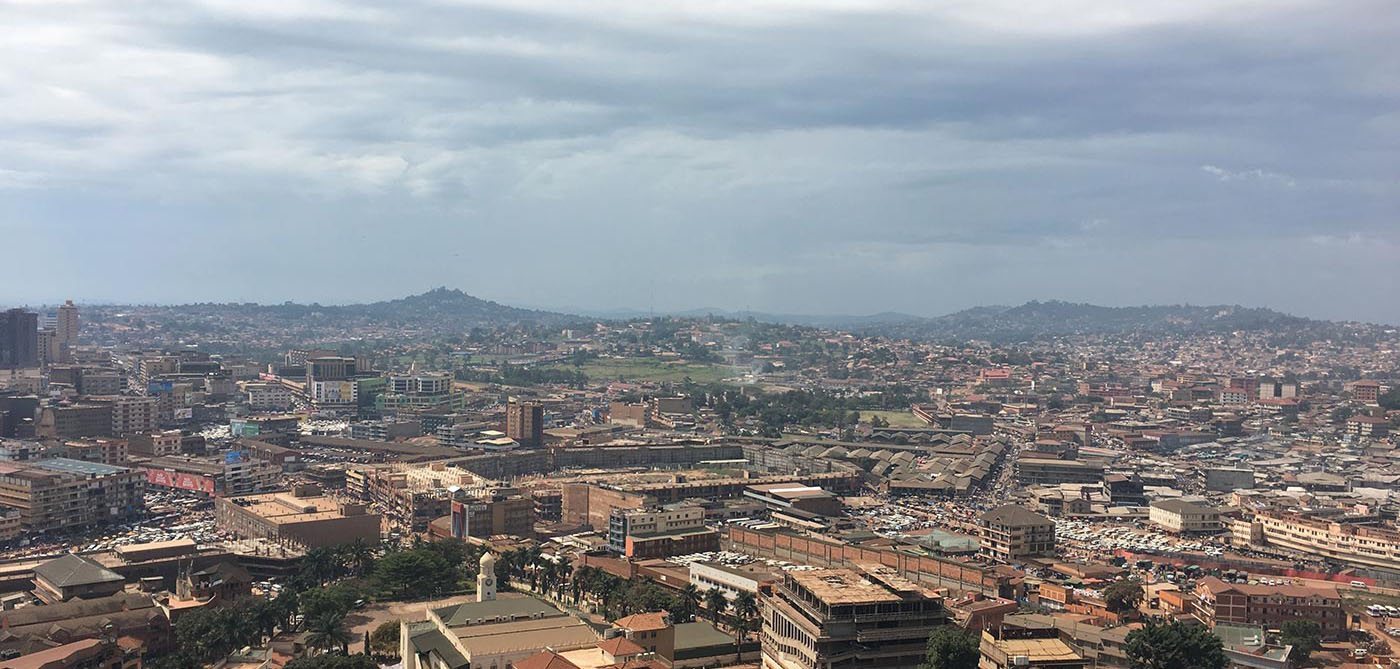KOKONO™ was born after the Fondazione Giannino Bassetti called De-LAB to design a research project to develop a new object for the “Triennale XXIesima” exhibition, in the “New Craft” section. The design process led to the definition of an initial prototype, illustrated during the opening of the exhibition at the Design Museum of Milan.
In 2018 De-LAB, meanwhile registered as a Benefit Corporation, resumes the project and re-design it entirely in view of testing it on the field in Uganda, in July 2018.
The new process of product design leads to the definition of a complete different object, patented by De-LAB in Italy and abroad in order to secure some features specifically conceived to ensure social impacts in low-income communities.
In December 2018 De-LAB applies for the grant “Innovative Ideas for Development” by the Italian Development Cooperation (AICS) and in August of the same year is selected amongst the winners of the grant for the Start-up cluster.
On October 2019, KOKONO™ won the special prize at the Business Spirit Award in Dublin, organized by the organization Responsible Innovation Ireland and got enrolled in a training course in Business Development.

In May 2021 De-LAB launches a crowdfunding campaign supported by Infinity+, which helped the project by providing some rewards. The objective of the fundraising held on Produzioni dal Basso is to raise resources for the production of 100 cradles to be destined for the most remote areas of Uganda, where De-LAB distribution cannot physically reach. De-LAB rewards include Ugandan lullabies, postcards illustrated by the artist Camilla Falsini, and personalised cradle delivery videos.
In March 2022, KOKONO™ won the COOPEN call for proposals, organized by Compagnia di San Paolo and Fondazione Cariplo.
The crowdfunding campaign ends successfully on 31 May 2021, almost doubling the initial goal. This allowed us to produce more than the 100 cradles initially planned.
A special mention (and a special hug) goes to the supporters of Kokono, for the “High Five” donation threshold:
Ilaria Brunelli
Eleonora Liguori
Giuseppina Cannatelli
Emanuele Gamba
Chiara Tricerri
Palmira Angelica Rebolini
Letizia Di Blasi
Elda Bianchi
Stefano Poli
Gisella Rebay
Lucia Torelli
Cristina Galletto
Maria Paola Violi
Raffaella Gibellini
Elena Ps
Daisy Dal Torrione
Sabrina De Angelis
Smeralda Brunozzi
Grazia Papi
Marco Rogai
Luciana Vertulli
Chiara Lodi
Maria Pasetto
Alice Villa
The beneficiary associations of the KOKONO cradles produced thanks to the May 2021 crowdfunding are:
Now some clarity on the environmental and management aspects of the Kokono product and project:
1) What do we mean when we say that Kokono is green?
The cradle is designed with a plastic material to which an additive is added that reduces its biodegradability time. It means that, compared to standard plastic, it decomposes much sooner and the decomposition process turns the cradle shell into water, methane, humus and carbon dioxide. This process occurs when the cradle is abandoned in the open air (thus in open landfills) or in water. Whenever we present Kokono we always explain this process and specify that the characteristic of being more biodegradable (and faster) than other products refers to the cradle shell.
2) Does biodegradability refer to the whole product?
No, the above characteristic refers to the cradle shell, which accounts for more than 70% of the volume of the entire product. To date, unfortunately, there are no mosquito nets made of biodegradable material, nor are there any mattresses. These two components, like the handle cord, are made from standard materials. If you know of any green products in these categories, please let us know, and we will be super happy to evaluate their use (hoping they are available in Uganda)/!
3) What happens with the packaging?
Kokono has no packaging, that is, it is sold without plastic or other packaging. In fact, the product is designed to be stackable so as to save space and avoid boxes or wrapping. All crib components are placed inside the mattress cover, which is made of cotton. In our warehouse, the mattresses are covered with a plastic sheet provided to us by our supplier, which is used to protect the product from dust.
4) How do we handle logistics?
Our cribs are shipped via boda-boda (up to 10/15 pieces). For larger numbers it is the customer himself who retrieves the material. We suggest using public transportation, but in Kampala this is not an easy option, which is why customers often arrange for the pieces to be retrieved by a large truck to hold them all, so that multiple trips are avoided.
5) When you say that Kokono is “Made in Uganda,” what do you mean?
Kokono is entirely manufactured and assembled in Uganda. The shell is made locally, as are the mats, mosquito nets and handle. Instructions and stickers are printed locally and included in the sales kit by our team in Kampala.
6) Do you involve local people in the cradle production process?
Of course, since our suppliers are Ugandan, all of the people involved in the production of Kokono are local. In particular, the supplier who works on the production of the mosquito nets and handles (customized for our cradle) involves disadvantaged women, so from this point of view Kokono is a project that promotes the social inclusion of fragile people, who are involved in the production of the mosquito nets and handles.
7) What is the relationship between Kokono and De-LAB?
Kokono is a project of De-LAB srl SB, belonging to the “Inclusive Business” line of business.
If you have further questions, please write to us at: info@delab.it.
© 2025 De-LAB S.r.l. Società Benefit - P.I. 10351340962 | info@delab.it | privacy policy | credits